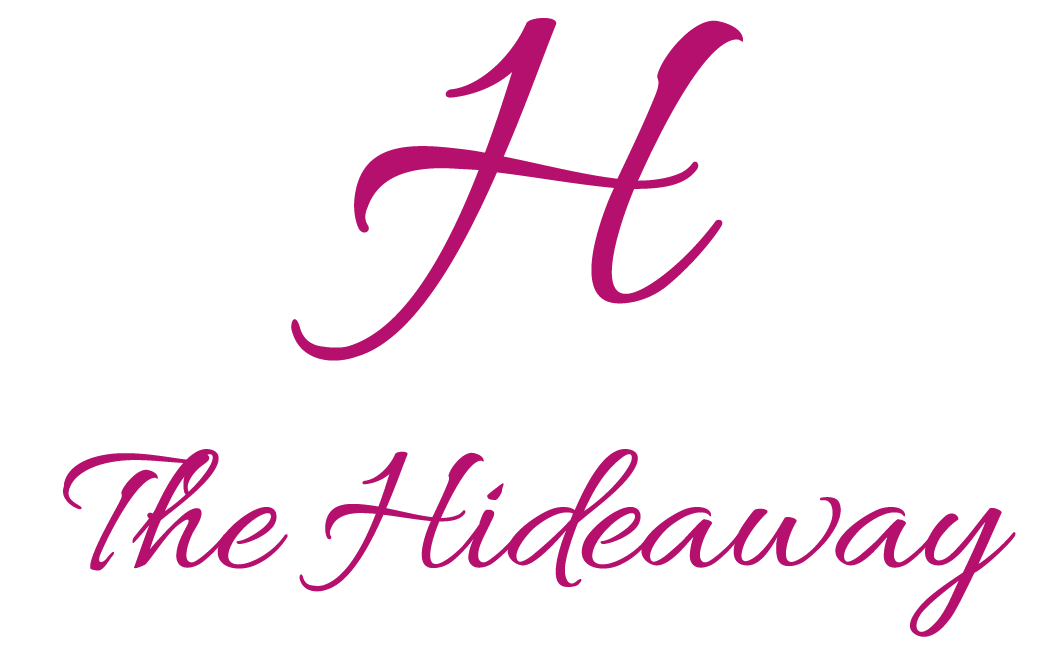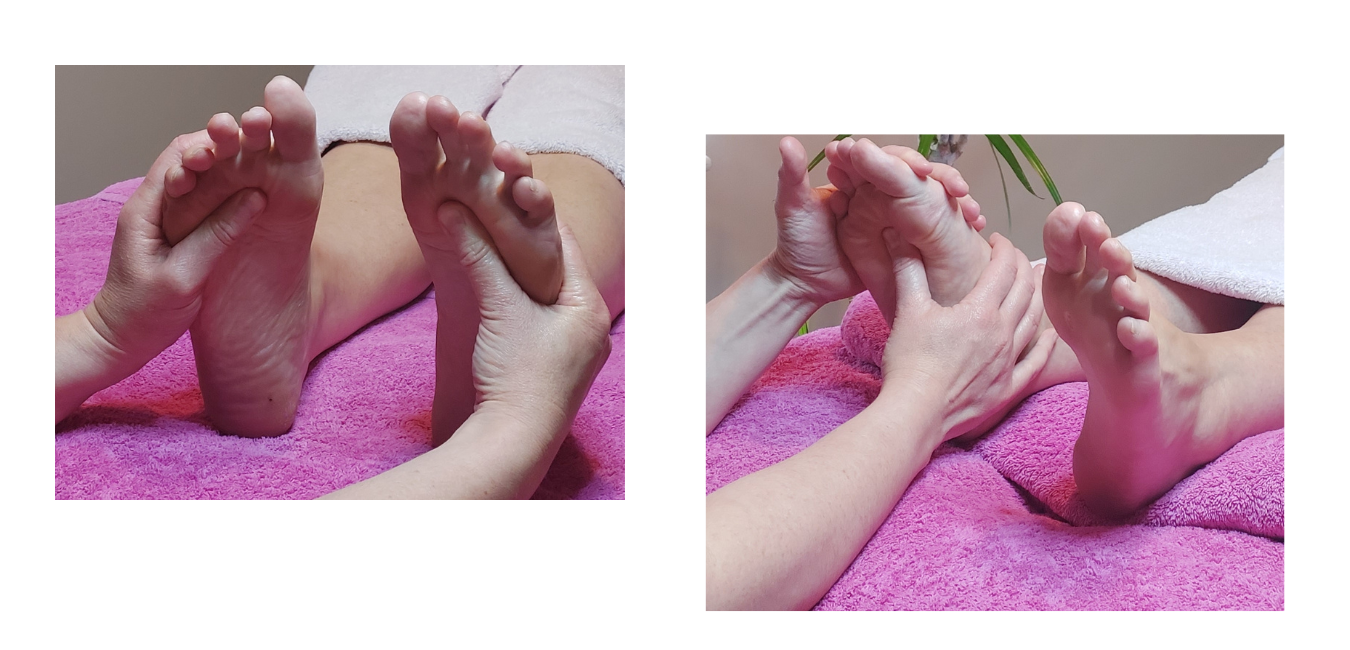The Historical Roots & evolution of Reflexology
The practice of rubbing feet has a rich and ancient history, with roots tracing back to 2330 BC. This is evidenced by the discovery in 1897 of Ankhmahor’s tomb in Egypt, where wall drawings depict what appears to be foot massage scenes. These early depictions highlight the longstanding tradition of therapeutic foot care.
It wasn’t just Egypt that embraced the power of touch. Similar practices have been traced to ancient China and India, where pressure points on the feet and hands were mapped and stimulated to encourage balance, vitality, and healing throughout the body. These ancient cultures understood that working with the body's energy pathways could have far-reaching effects on health—an understanding that forms the foundation of many modern reflexology techniques.
Moving forward to the 1890s, Sir Henry Head, a British neurologist, made significant contributions by linking the skin and the nervous system. Through his research, he demonstrated that applying pressure to particular areas of the body could influence the nervous system, laying important groundwork for future developments in the field.
Another pivotal figure, Sir Charles Sherrington (1857-1952), was a British neurophysiologist who conducted extensive studies on reflex actions within the nervous system. His findings not only advanced the understanding of reflexology but also influenced surgical practices and the treatment of nervous disorders.
In the early 20th century, Dr William Fitzgerald, an American ear, nose, and throat physician, made a remarkable observation: pressing on one part of the body could anaesthetise another part. Building on this insight, Fitzgerald divided the body into ten longitudinal zones. These zones, still central to reflexology today, suggest that everything within a zone is interconnected. For example, applying pressure to a toe could impact the head at the other end of the same zone, with energy serving as the connecting force. If energy becomes blocked in one part, it can affect the entire zone.
The development of foot reflexology owes much to Eunice Ingham, who became interested in the discipline in the early 1930s. Eunice discovered that applying pressure to specific points on the feet could help relieve pain. She recognised that all nerves end in the feet, making them not only accessible but also particularly sensitive, as they are generally kept covered unlike the hands. Eunice authored two influential books: Stories that Feet can Tell and Stories the Feet have Told, sharing her discoveries and experiences.
Today, reflexology stands as a bridge between past wisdom and modern well-being. It is used not only for deep relaxation, but also to support pain management and foster emotional wellness. Far from being a fleeting luxury, reflexology is a holistic practice that addresses the whole person rather than focusing solely on symptoms. Each session is a continuation of an age-old tradition, connecting participants to a lineage of healing that has soothed minds and bodies for millennia. The wisdom of ancient hands truly lives on in daily life.

